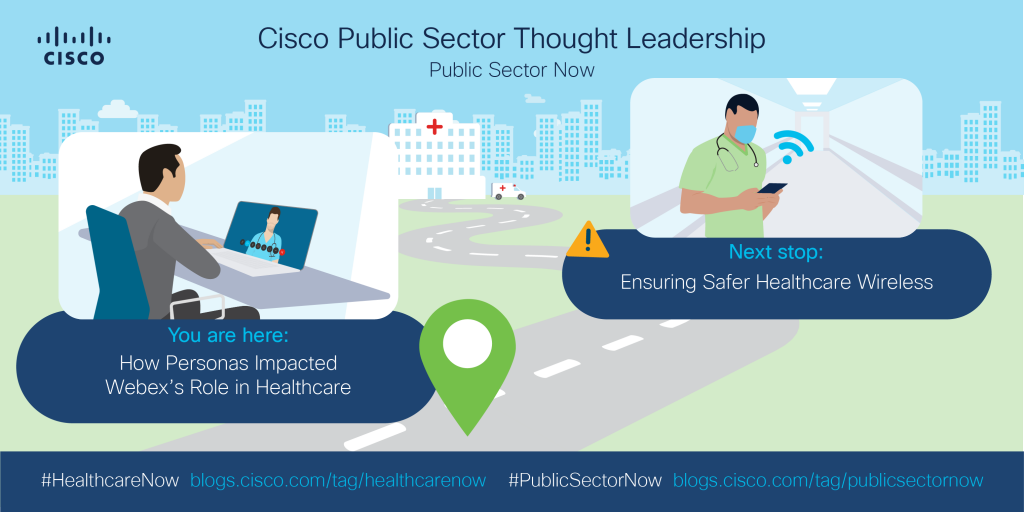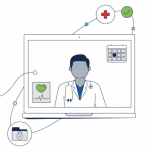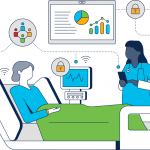Follow along with our blog series #HealthcareNow and #PublicSectorNow, where we’ll address healthcare innovation around the world and how to maintain business continuity in today’s health climate.
In the past few months, we’ve seen huge shifts in how people are working. This naturally extends to the healthcare industry, where care delivery continues to be a priority, even amidst social distancing and shifts in the workplace.
Earlier this spring, the Webex UX Research team conducted an extensive qualitative study with healthcare providers and patients who use telehealth services. The study unearthed the challenges, opportunities and patterns of behavior when using video in healthcare settings. It also served as the foundation for developing healthcare personas, among the first industry-specific personas to be created and used at Webex.
In the world of product development, personas are a common tool to help surface deep research findings and build alignment across multiple teams. While personas used to be synonymous with stereotypes, the practice has transitioned towards more behavioral, “psychographic” personas. The Webex UX Research team builds personas directly from qualitative research and these artifacts are referenced across the entire product organization to build more clinically relevant voice and video tools.
The initial research study was made up of one-hour interviews (with each participant being interviewed over Webex Meetings), which produced an enormous amount of data. By identifying patterns across this massive amount of data, we developed personas for both providers and patients.
Instead of devolving into typical demographics, the personas center on specific patterns of behaviors and beliefs to understand the telemedicine landscape. For example, healthcare providers tended to be time-strapped and juggled multiple technology platforms. They often used video to help alleviate a patient’s concern, and their main priority was providing relief to patients. Providers chose very easy to use video platforms, ideally ones that their patients had used before and didn’t require downloads. Providers tended to complain about technical shortcomings during telehealth appointments, like pixelation or poor audio, making it difficult to consult with patients.
Patients, on the other hand, demonstrated different beliefs and behavior. They often expressed trepidation prior to using telemedicine services for the first time and were more likely than doctors to describe themselves as not very tech savvy. However, after their initial video appointment, patients had an overwhelmingly positive view of telemedicine. This was especially true for people who had encountered difficulties in the past to make it to an in-person appointment due to factors like illness or injury, traffic or distance, and extreme weather events.
These personas have been used across the Webex organization to help our own teams reach alignment on the needs of this critical industry, during an especially critical time. The healthcare personas provided an essential window into our user’s world, building empathy and keeping their needs front and center. With this data, our teams have been able to continue to make improvements in our Webex technology, helping to provide a better virtual care experience for patients and providers alike.
Learn more about how Cisco is expanding access to care through secure collaboration tools
We’d love to hear what you think. Comment below and stay tuned for the next blog in our #HealthcareNow series.



CONNECT WITH US